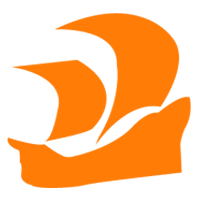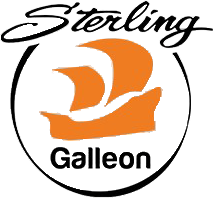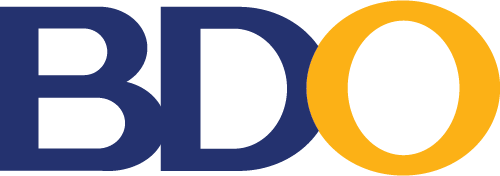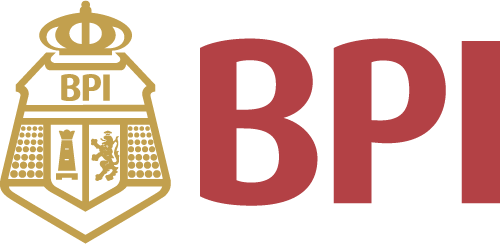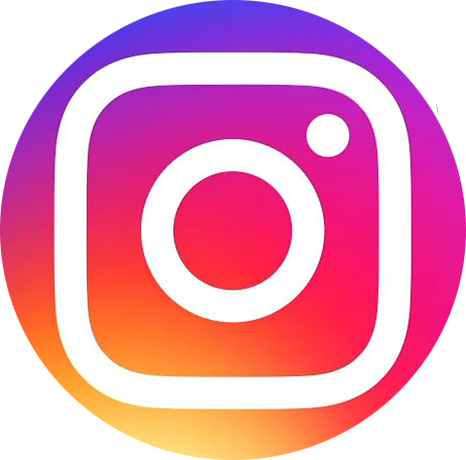All Categories
Handbook of Optical Metrology: Principles and Applications, Second Edition
Share Tweet
*Price and Stocks may change without prior notice
*Packaging of actual item may differ from photo shown
- Electrical items MAY be 110 volts.
- 7 Day Return Policy
- All products are genuine and original

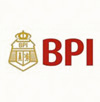




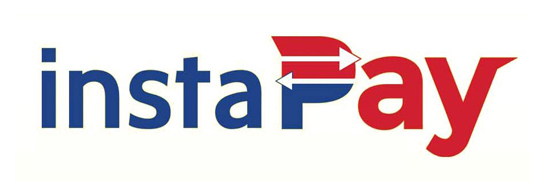

About Handbook Of Optical Metrology: Principles And
Product Description Handbook of Optical Metrology: Principles and Applications begins by discussing key principles and techniques before exploring practical applications of optical metrology. Designed to provide beginners with an introduction to optical metrology without sacrificing academic rigor, this comprehensive text: Covers fundamentals of light sources, lenses, prisms, and mirrors, as well as optoelectronic sensors, optical devices, and optomechanical elements Addresses interferometry, holography, and speckle methods and applications Explains Moiré metrology and the optical heterodyne measurement method Delves into the specifics of diffraction, scattering, polarization, and near-field optics Considers applications for measuring length and size, displacement, straightness and parallelism, flatness, and three-dimensional shapes This new Second Edition is fully revised to reflect the latest developments. It also includes four new chapters―nearly 100 pages―on optical coherence tomography for industrial applications, interference microscopy for surface structure analysis, noncontact dimensional and profile metrology by video measurement, and optical metrology in manufacturing technology. Review "… a good reference book for engineers and scientists in general and particularly for those who are not experts in the field of optical metrology. The broad collection of metrology applications and the introductory descriptions of the principles make the book a good one to have on hand for those who are frequently searching for technical solutions for their applications both in research and in industry."―Dong Chen, Bruker Nano Surfaces, Tucson, Arizona, USA "… distinguishes itself with its collective array of practical applications. While individual applications may be scattered in the many professional journals, these topics are cohesively assembled in this handbook."―Albert S. Kobayashi, University of Washington, Seattle, USA "The material of this book is written at an introductory level that should be understandable to anyone with an engineering background. The book starts with a very useful background section on optical component technology that helps to set the stage for subsequent chapters on optical techniques. The discussion of optical metrology techniques focuses on the practical implementation and instrumentation rather than the science and research areas that would be beyond the scope of those without specific background in each area. In doing so, the book focuses on practical understanding of the methods rather than theory. … This book presents both a background of technology in optical components and metrology on a general scale, as well as a practical overview of a wide range of optical instrumentation methods. It is written at a level that could be understood by an operator to better guide the use of commercial optical metrology instrumentation. In this regard, this book could be a valuable resource for company metrology labs as a guide and training tool for new employees." ―Kevin Harding, Past President and Fellow of the International Society for Optics and Photonics (SPIE) "Overall it is a great book … includes both theory and experimental and engineering experience. Authors summarized new techniques, algorithms as well as error analysis."―Sen Han, University of Shanghai for Science and Technology"This book covers a wide range of optical metrology methods and applications. And the contributors are all well known in their particular fields. This book should be a great reference book to engineers and researchers."―Song Zhang, Purdue University, West Lafayette, Indiana, USA “Readers with a technical background, but with little experience in optics, will easily follow this book and use it as a resource for developing optical or electro-optical systems. It is especially handy because it presents much useful information in one source.”―IEEE Electrical Insulation, September/October 2016 About the Author Toru Yo


